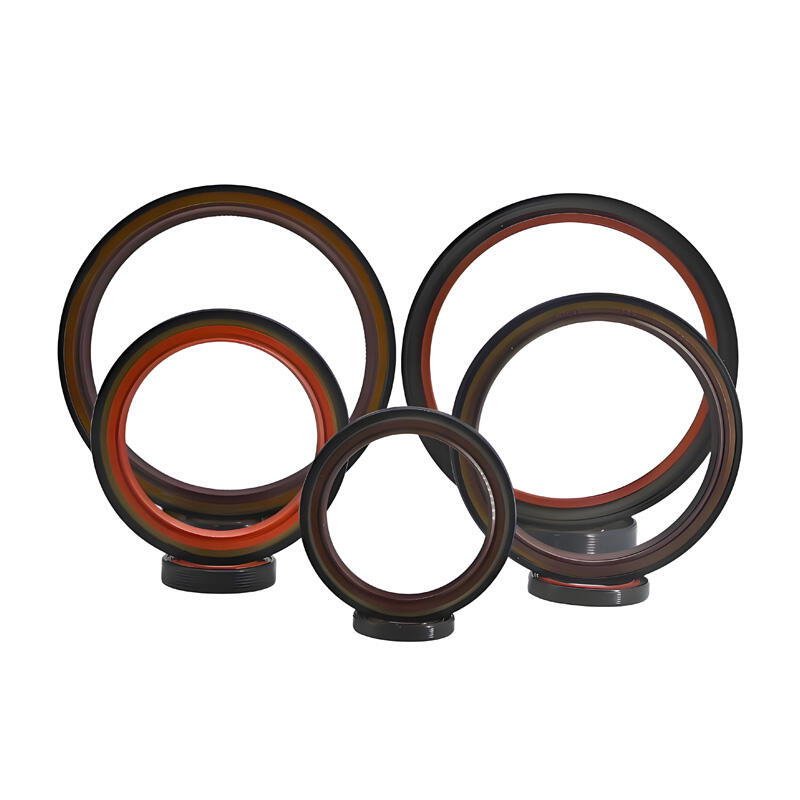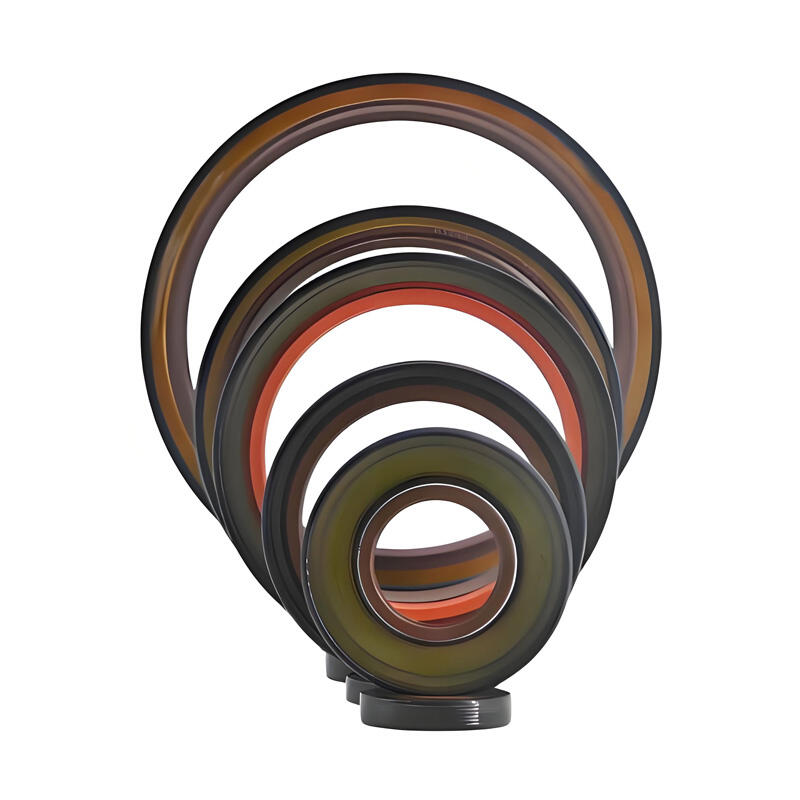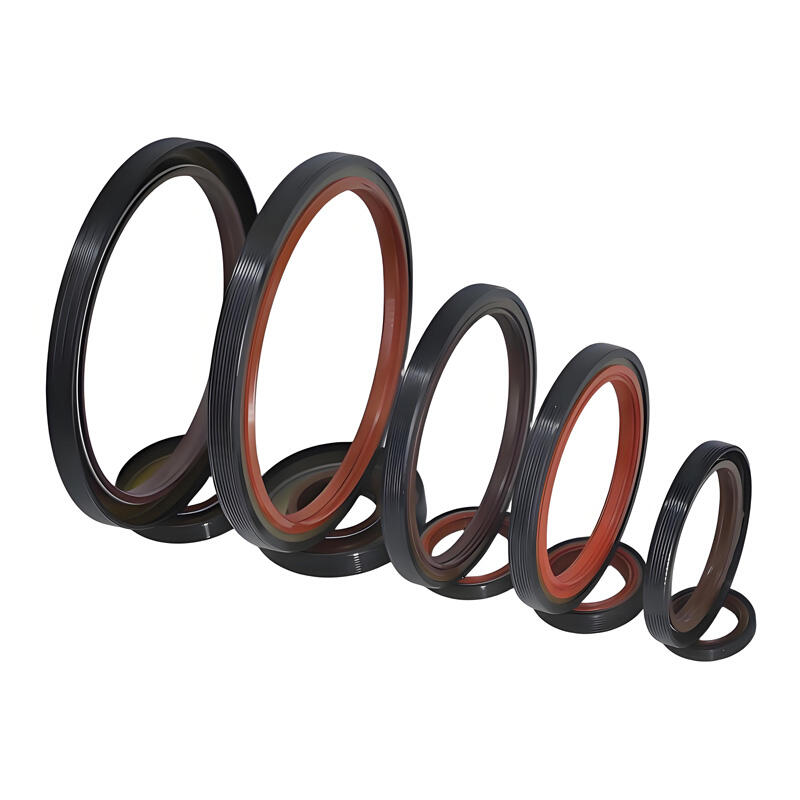shaft sealing ring
A shaft sealing ring, also known as an oil seal or rotary shaft seal, is a critical mechanical component designed to prevent fluid leakage and contamination in rotating equipment. This essential device creates a barrier between rotating shafts and stationary housing components, maintaining system integrity in various industrial applications. The seal consists of multiple elements, including a flexible elastomeric sealing lip, a metal case for structural support, and a garter spring that ensures consistent contact pressure. Modern shaft sealing rings incorporate advanced materials and designs that can withstand extreme temperatures, aggressive chemicals, and high-speed rotation. These seals are engineered to provide reliable performance in diverse operating conditions, from automotive engines to industrial pumps and manufacturing equipment. The sealing mechanism works through a combination of radial force from the spring and the inherent properties of the elastomeric material, creating an effective barrier against both liquid and solid contaminants. In addition to their primary sealing function, these components also help maintain proper lubrication within the system, contributing to extended equipment life and reduced maintenance requirements.


